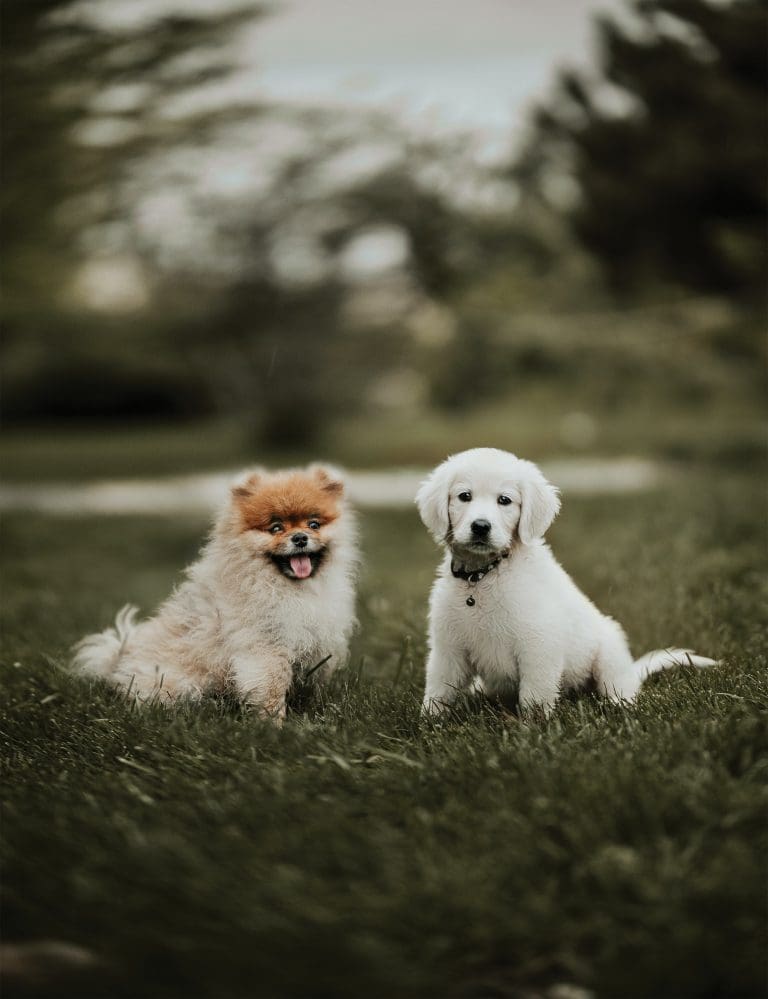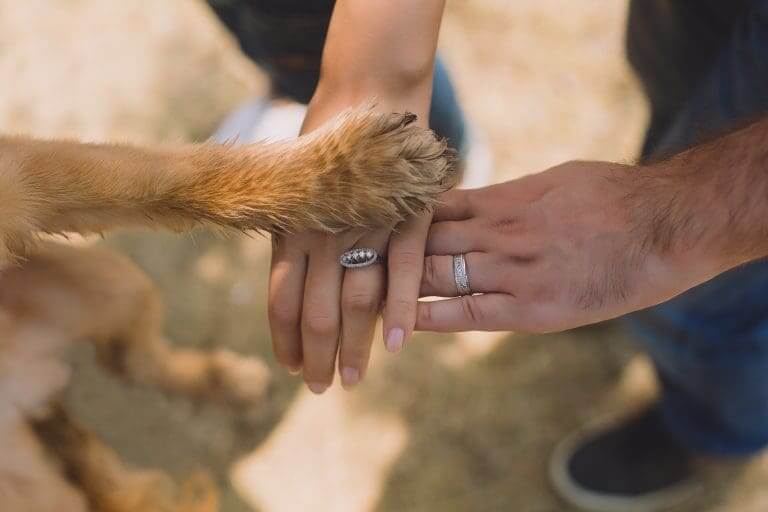Why Do Dogs Hump The Air?
Post Date:
December 10, 2024
(Date Last Modified: December 10, 2024)
Witnessing a dog humping the air can spark both amusement and confusion. This behavior often raises questions among dog owners, who may wonder about its underlying causes. While humping might strike us as odd, it is quite common among dogs, and grasping its motivations can help owners respond effectively.
The Nature of Humping
At first glance, humping may seem like a purely sexual behavior, but that’s not always the case. Dogs engage in humping for various reasons, and recognizing the context is crucial. Often, humping arises from excitement, playfulness, or anxiety. In a playful moment, a dog may hump as a way to express joy and energy, rather than sexual interest.
Social Dynamics and Dominance
Another reason dogs hump is to establish dominance. In the canine hierarchy, humping can signify social status, with dogs using this behavior to communicate their rank to other dogs or humans. This tendency is particularly prevalent in unneutered males but can also manifest in females and neutered males, serving as a display of confidence and control.
Coping with Anxiety
In some instances, humping may reflect underlying anxiety or stress. Dogs that feel threatened or uneasy in their surroundings might resort to humping as a coping mechanism, finding temporary relief from discomfort. Identifying triggers that lead to this reaction is essential for helping dogs feel more secure.
Learned Behavior
Humping can also be a learned behavior. Dogs are observant and can adopt habits from other dogs or their owners. If a dog sees another dog humping or receives attention for it, they may repeat the action, believing it to be a way to engage. Consistent training and reinforcement are vital for teaching dogs which behaviors are acceptable.
Addressing Frequent Humping
If air humping becomes frequent, evaluating the dog’s overall behavior and environment is essential. Is the dog receiving enough mental and physical stimulation? Boredom can lead to various undesirable behaviors, including humping. Providing ample exercise, playtime, and mental challenges can keep dogs engaged and diminish humping as a form of entertainment.
Managing Public Situations
For many pet owners, witnessing air humping can be embarrassing, especially in public settings. It’s important to remember that this behavior is natural for dogs and not indicative of poor training. Maintaining a calm demeanor is crucial. If excessive humping occurs, gently redirecting the dog’s attention to a toy or engaging them in a different activity can help mitigate the behavior.
Seeking Professional Guidance
If humping becomes excessive or problematic, consulting a professional may be beneficial. A veterinarian or certified dog trainer can offer insights into whether the behavior signals an underlying issue, such as anxiety or lack of training. Tailored strategies can help address the behavior, ensuring comfort for both the dog and owner.
Recognizing Body Language
Understanding a dog’s body language plays a significant role in addressing humping. Dogs communicate through their posture, tail position, and facial expressions. If a dog is humping while displaying signs of stress, such as a tucked tail or flattened ears, it may indicate discomfort. Observing these cues can lead to more effective responses and a positive environment.
Playful Interactions
For some dogs, humping may arise during playful interactions with their owners. Engaging in activities like chasing, fetching, or tug-of-war can provide an outlet for energy that might otherwise manifest as humping. Such playtime strengthens the bond between owner and dog while channeling enthusiasm in constructive ways.
Managing Social Interactions
During training sessions or visits to the dog park, being mindful of a dog’s behavior is crucial. If air humping becomes a frequent distraction, managing interactions with other dogs or people can help. Allowing breaks and refocusing attention can create a more enjoyable experience for everyone involved.
Addressing Underlying Issues
Sometimes, humping can indicate deeper issues, such as medical concerns. Conditions causing discomfort, like allergies or infections, can lead to humping as a way for a dog to express distress. Noticing changes in behavior, appetite, or overall health should prompt a consultation with a veterinarian.
Observing Behavioral Patterns
Keeping track of when and where humping occurs can offer valuable insights into potential triggers. Noting whether humping happens during excitement, playtime, or anxiety can aid in implementing effective strategies for reduction or redirection.
The Role of Socialization
Socialization significantly impacts a dog’s development. Exposure to various environments, people, and animals fosters learning of appropriate behaviors. Positive experiences during interactions reduce anxiety and the likelihood of humping as a response to discomfort or excitement.
Importance of Training
Training is a vital aspect of managing humping behavior. Teaching commands such as “leave it” or “come” can redirect a dog’s attention when they begin to hump the air. Utilizing positive reinforcement techniques rewards desirable behaviors, encouraging dogs to focus on more appropriate activities.
Considering Spaying or Neutering
In certain cases, spaying or neutering can help reduce humping behavior, particularly in unneutered males. This procedure may diminish hormonal influences contributing to the behavior, but discussing the potential benefits and drawbacks with a veterinarian is essential.
Creating a Stimulating Environment
Establishing a safe and stimulating environment can minimize humping tendencies. Offering various toys, engaging in regular play, and providing socialization opportunities can help channel energy positively. A well-exercised dog is generally calmer, leading to a decrease in humping behavior.
Developing a Compassionate Approach
Understanding why dogs hump the air requires a compassionate outlook. This behavior often reflects a dog’s emotional state, social dynamics, and individual personality. Observing, training, and fostering a supportive environment can help dogs navigate their feelings and express themselves more appropriately.
Emphasizing Individuality
Recognizing that each dog is unique is crucial when addressing humping behavior. What works for one dog may not work for another, and it may take time to find the right approach. Patience and consistency are essential, as is nurturing a positive relationship based on trust and understanding.
By creating a safe and secure environment, anxiety can be reduced, promoting more appropriate behaviors. Instead of concentrating solely on humping, considering the broader picture of a dog’s overall well-being fosters a happier, healthier pet and enhances the experience for both owner and dog. Understanding the complexities of canine emotions and motivations enriches the bond and improves the quality of life for both.






